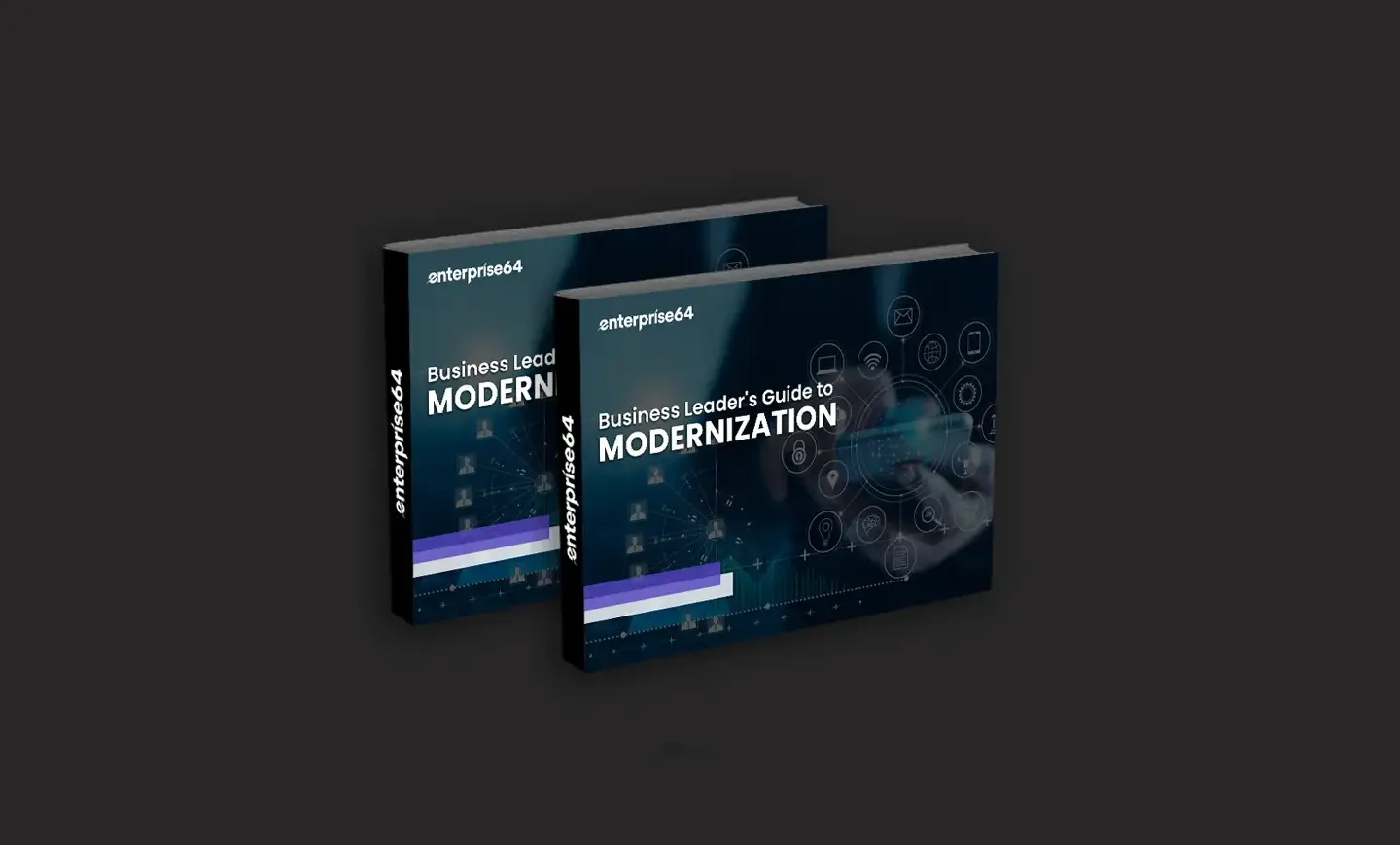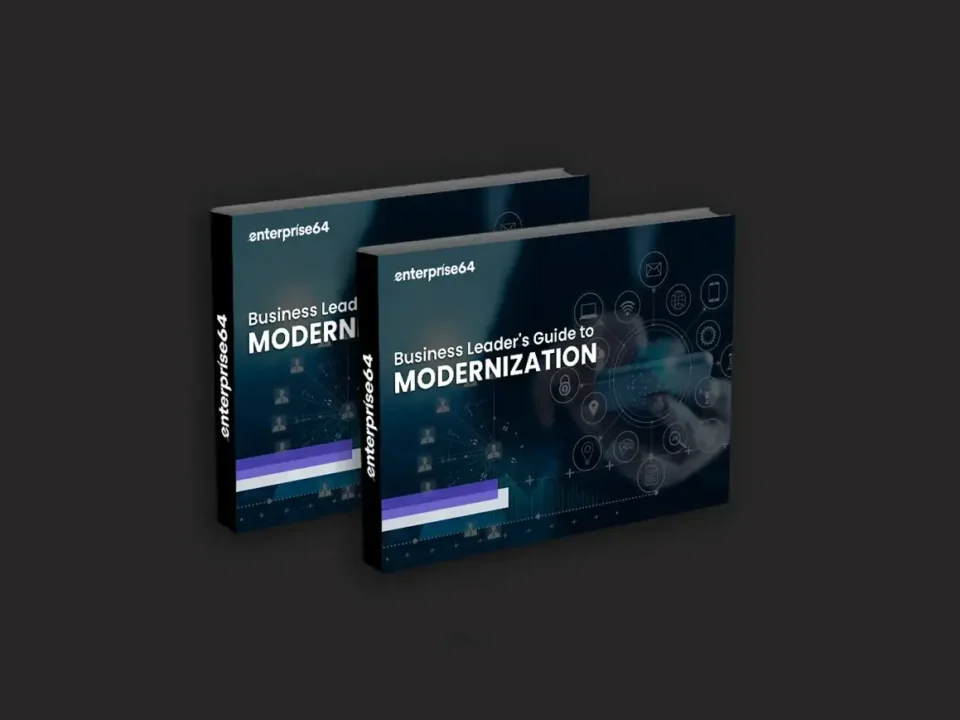Your customers are willing to pay for an exceptional experience. In fact, research shows that customer-focused brands report 60% higher profits than those that fail to focus on customer experience.
And when we combine a data-driven approach with customer experience, it becomes a major differentiator that sets successful companies apart.
Let’s start by understanding what a data-driven customer experience is.
What is data-driven customer experience?
Generally speaking, a data-driven customer experience uses data and analytics to enhance and personalize interactions between businesses and customers. However, there is still significant work to be done to bridge the gap.
The work involves analyzing data to categorize customers based on shared behaviors to create more targeted experiences.
What exactly constitutes a data-driven customer experience? Personalization, predictive analytics, and real-time insights.
Data collected from multiple online channels allows businesses to anticipate needs, understand online behavior and preferences, deliver relevant solutions, and optimize customer interactions across channels.
By continuously gathering feedback and tracking KPIs like customer satisfaction and retention, as well as other metrics, companies can reconsider their strategies and ensure they stay responsive to customer needs and changing market conditions.
Example of a data-driven customer experience
Consider an example of an ecommerce company looking to enhance the quality of its online interactions through a data-driven customer experience.
A technology solutions provider will integrate the retailer’s website and app with data analytics tools to gather and analyze customer behavior, including browsing patterns, purchase history, and feedback.
Using this data, the online retailer could segment its customers into groups, such as regular buyers and first-time visitors, and personalize interactions for each group.
For example, regular buyers could receive tailored messages offering discounts, coupons, and product suggestions, while new visitors get personalized onboarding messages.
The retailer can anticipate future customer needs through continuous data analysis and predictive models. In doing so, the ecommerce company can offer proactive solutions like restock alerts or curated promotions, eventually translating into better customer satisfaction and retention.
How do you create the right data-driven strategy to improve customer experience?
Use customer profiling and segmentation
Research states that over 95% of CX leaders invest in data integration and enrichment technologies. This makes understanding your customers as unique individuals essential to creating and delivering meaningful customer experiences.
Start by gathering data on demographics, purchase history, browsing behavior, and B2C interactions. These data-driven customer insights will help you build thorough profiles that reveal preferences and needs.
Once you have the data on paper, segment your customers into groups based on shared traits like buying patterns, product preferences, engagement thresholds, and limitations.
By doing so, you can tailor your marketing and support efforts to each group’s needs.
Focus on personalization
After finishing the customer profiling and segmentation, use the data to personalize their experiences.
Implement suggested algorithms that analyze previous purchases and similar customer behavior to offer personalized product or service suggestions.
Remember, the whole idea of personalization is to drive relevant engagement and encourage long-term loyalty from people and organizations who actually want to do business with you.
Use predictive analytics
Use predictive analytics to analyze historical data and forecast future customer behaviors and trends.
This will help you identify patterns and anticipate customer needs, such as when they need a product replacement, new service, or add-ons.
Predictive models also improve inventory management by forecasting demand. This ensures customers can get their hands on products and services when needed without worrying about product stockouts and logistical issues.
Implement customer journey mapping
CX executives and leaders happily use customer journey mapping to improve customer experiences.
Journey maps show key touchpoints and interactions in the customer experience. As a customer experience leader, journey mapping allows me to identify the pain points and bottlenecks of potential prospects and clients.
Moreover, data-driven insights help optimize these touchpoints for a seamless experience. Further, incorporate feedback to capture customer emotions and continuously improve the journey over time.
Besides helping your CX team with customer journey mapping, quality feedback can also help you with automation initiatives.
Handpicked content: 7 Key Strategies to Unlock Business Growth with Automation
Analyze customer service data
Effective customer service is crucial, backed by the fact that 80% of companies plan to increase their investment in CX, according to Zendesk.
Start analyzing chat logs, support tickets, response times, and other critical customer service data to locate performance gaps and opportunities for improvement.
In addition, focus on metrics like initial contact resolution and response times. It may seem minor, but helping a customer with their query on the first call promptly can significantly enhance your customer support image.
Deliver instant customer experiences
Consumers today are demanding instant responses and resolutions to their problems.
However, it is easier said than done. Leveraging real-time data isn’t as simple as it sounds. According to Zendesk CX Trends Report 2024, 62% of CX leaders believe they are behind in delivering instant customer experiences.
However, customer data platforms could be massively helpful in this regard. Tools like Bloomreach, Segment, Blueshift, and others capture and analyze data from customer interactions to offer instant, actionable information.
Final thoughts!
Delivering a data-driven customer experience is more than an advantage; it is necessary for companies aiming to move beyond the survival stage. By leveraging data analytics, businesses can create personalized, seamless customer interactions that enhance satisfaction and enable long-term loyalty.
Understanding customer behavior through profiling, segmentation, and journey mapping ensures that companies can anticipate and meet their customers’ needs, ultimately driving retention and growth.
As customer expectations evolve, companies must use the right tools and data-driven strategy to deliver instant, relevant, consistent experiences across channels.
Data-driven customer insights empower businesses to continuously refine their customer experience strategies, ensuring they remain agile and responsive in a rapidly changing market. By adopting these approaches, companies can differentiate themselves, build stronger customer relationships, and achieve lasting success.
Continue Reading: Visualizing Data: A Non-Technical Leader’s Guide to Effective Dashboards









